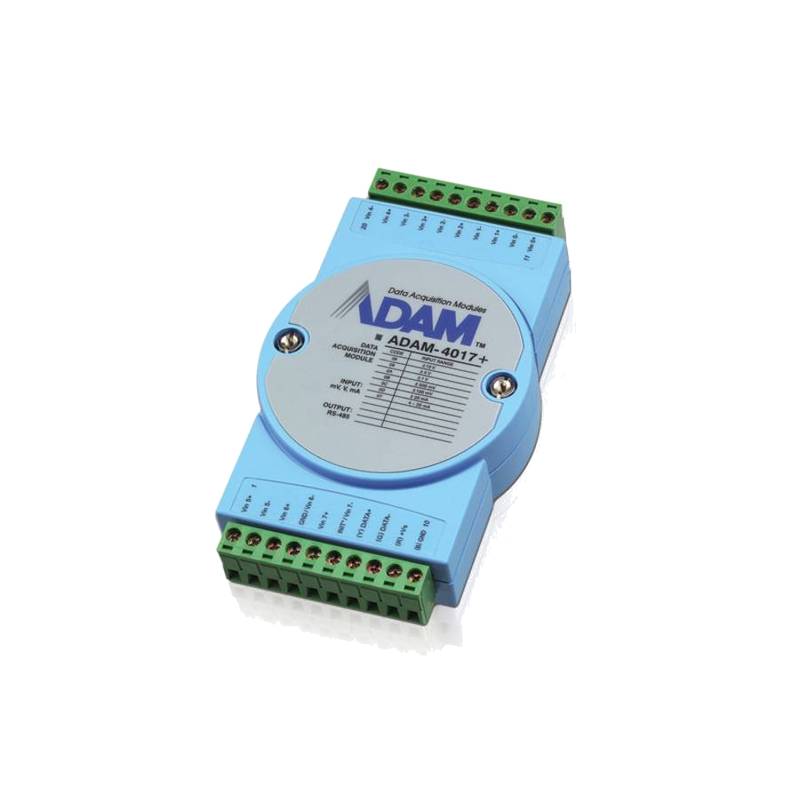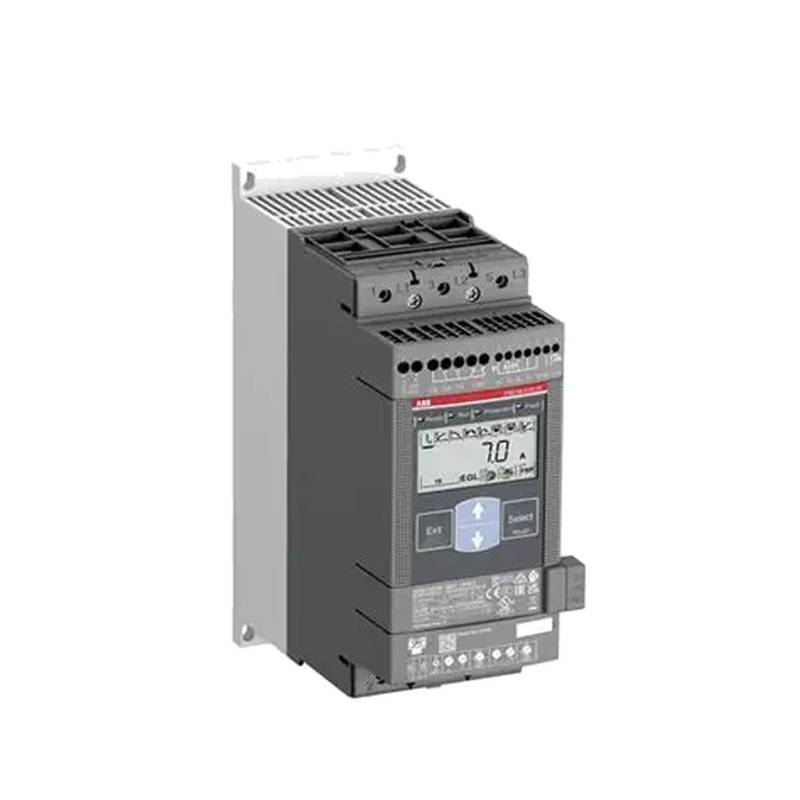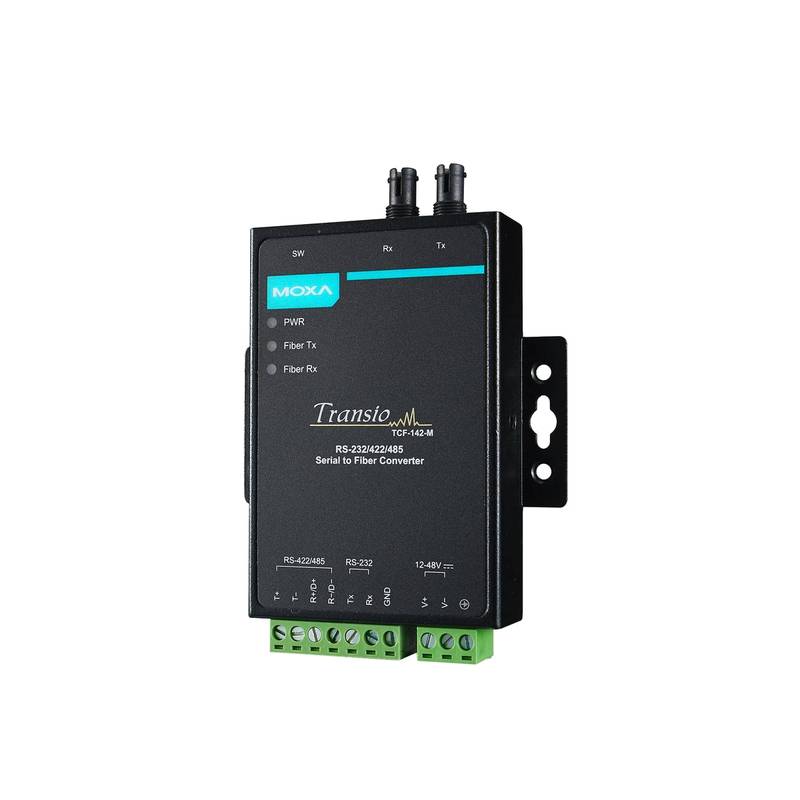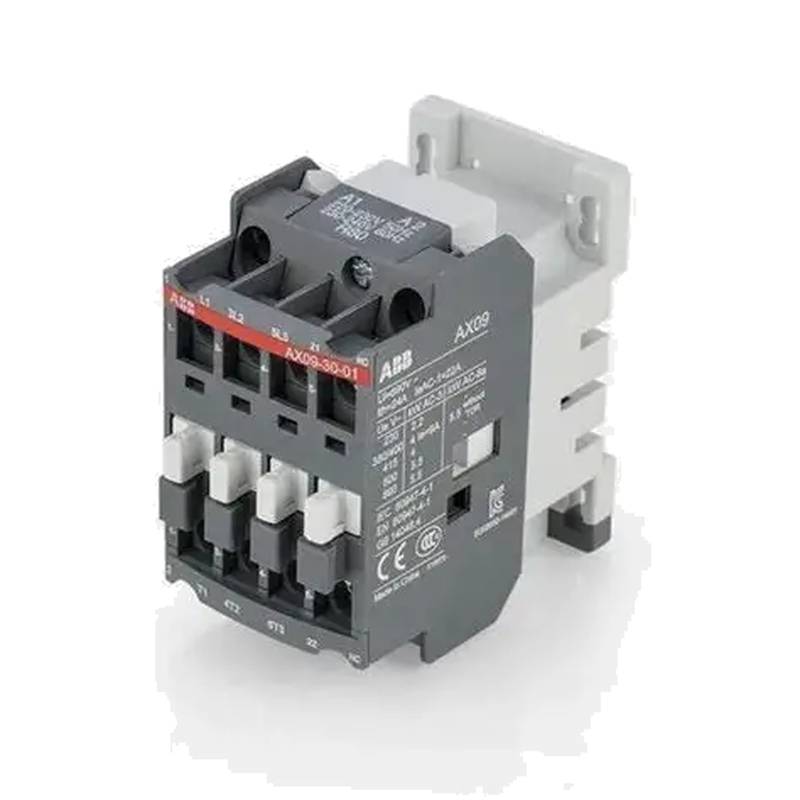
The Siemens 3RT2516-2BB40 stands as a pivotal component in modern industrial automation, offering a compact, reliable solution for motor control and power switching applications. This 24VDC 9A contactor, featuring a 2NO+2NC auxiliary contact configuration, excels in demanding environments where space is at a premium and precise control is paramount. Its robust design ensures longevity and consistent performance, making it a preferred choice for system integrators and maintenance engineers seeking dependable power management solutions. Key advantages include its small footprint, energy-efficient coil, and integrated safety features, all contributing to enhanced operational efficiency and reduced total cost of ownership.
Product Specifications
| Feature | Specification |
| :------------------- | :-------------------------------- |
| Manufacturer | Siemens |
| Series | 3RT25 |
| Product Type | Compact Control Contactor |
| Coil Voltage | 24V DC |
| Rated Operational Current (AC-3, 400V) | 9 A |
| Auxiliary Contacts | 2 Normally Open (NO) + 2 Normally Closed (NC) |
| Mounting Type | Rail Mount (35mm DIN rail) |
| Dimensions (H x W x D) | 57.5 x 45 x 81 mm |
| Ambient Temperature | -25 to +60 °C |
| Protection Class | IP20 |
| Terminal Type | Spring-loaded terminals |
Core Features & Market Positioning
The Siemens 3RT2516-2BB40 distinguishes itself through its exceptionally compact design, a critical differentiator in control panels where space is often at a premium. This space-saving aspect, combined with Siemens' renowned reliability and robust construction, positions the 3RT25 series as a leading solution for applications demanding high performance without compromising on physical footprint. The integrated auxiliary contacts (2NO+2NC) simplify wiring and reduce the need for external components, further contributing to cost savings and ease of integration. Its spring-loaded terminals offer secure and vibration-resistant connections, a significant advantage in harsh industrial settings, ensuring long-term operational integrity and minimizing potential points of failure compared to traditional screw terminals.
Key Application Scenarios
This Siemens 3RT2516-2BB40 contactor is ideally suited for a wide array of industrial applications, particularly where precise and safe control of electric motors is essential. It finds extensive use in HVAC systems for controlling fans and pumps, in material handling equipment for conveyor belt operations, and in process automation for actuating various machinery. Its 24VDC coil voltage makes it compatible with common control voltages in many industrial facilities, simplifying integration into existing systems. The 9A rating is suitable for small to medium-sized motors, and the integrated auxiliary contacts are invaluable for implementing interlocking logic, signaling, and safety circuits, ensuring smooth and secure operation in applications ranging from standalone machines to complex automated lines.
Practical System Integration Guidance
Integrating the Siemens 3RT2516-2BB40 into a control system is straightforward due to its standard 35mm DIN rail mounting and spring-loaded terminals. For installation, simply snap the contactor onto the DIN rail; the spring terminals require no special tools for wiring. Connect the power terminals (typically L1, L2, L3 for main circuit) and the control circuit terminals (A1, A2 for the 24VDC coil). The integrated 2NO+2NC auxiliary contacts can be wired directly into the control logic for signaling motor status (e.g., NO contacts for "motor running" indication) or for safety interlocks (e.g., NC contacts to break control circuits when the contactor is not energized). Always ensure the power supply is de-energized before performing any wiring. For programming in PLC-based systems, the auxiliary contacts can be mapped as digital inputs to monitor the contactor's state.
Operation and Risk Mitigation
Proper operation of the Siemens 3RT2516-2BB40 involves ensuring the coil is supplied with the correct 24VDC voltage to activate the switching mechanism. The contactor is designed for frequent switching operations, but like all electromechanical devices, it has a finite lifespan. Risk mitigation primarily involves adhering to the specified operational parameters, such as the maximum switching frequency and ambient temperature limits, to prevent premature wear or overheating. Ensure proper electrical isolation and lockout/tagout procedures are followed during maintenance to prevent accidental energization. While the 3RT25 series is built for reliability, periodic inspection of connections for tightness and signs of wear is recommended. No specific error codes are typically associated with this component itself; rather, faults will manifest as system-level issues, such as a motor not starting or unexpected shutdowns.
Scalability & Long-Term Value
The Siemens 3RT2516-2BB40 offers excellent scalability and long-term value within the broader Siemens industrial automation ecosystem. Its compatibility with other Siemens components, such as overload relays (e.g., 3RU21 series) and Sirius motor starters, allows for the creation of modular and expandable control solutions. For integration with Industry 4.0 initiatives, this contactor can be part of a larger system that incorporates smart gateways and IIoT platforms, enabling remote monitoring of its operational status and providing data for predictive maintenance. While the contactor itself is a discrete component, its reliable performance and integration capabilities ensure it remains a valuable asset throughout the lifecycle of an automated system, supporting upgrades and expansions without requiring complete replacement of core switching infrastructure.
Frequently Asked Questions
What is the primary function of the Siemens 3RT2516-2BB40?
This contactor serves as an electrically controlled switch, primarily used for remotely switching electric motors on and off. Its robust design allows it to handle significant current loads within its rating. It is also versatile for switching other loads in industrial applications.
What does the 24VDC coil voltage signify for this contactor?
The 24VDC coil voltage indicates the control power required to energize the contactor's electromagnet and close its main contacts. This is a common, safe, and widely used control voltage in industrial automation, making it easy to integrate with PLC outputs or low-voltage control systems.
How do the 2NO+2NC auxiliary contacts enhance functionality?
The two Normally Open (NO) and two Normally Closed (NC) auxiliary contacts provide additional switching capabilities. The NO contacts can be used for signaling that the main contactor is energized (e.g., motor running), while the NC contacts are often used for safety interlocks or to break control circuits when the main contactor is off.
Can this Siemens contactor be used for AC motors?
Yes, although the coil is DC-operated (24VDC), the main contacts are designed to switch AC loads, including standard AC induction motors. Always verify the motor's current and voltage requirements against the contactor's AC-3 rating (9A at 400V in this case) to ensure proper application.
What are the benefits of using spring-loaded terminals?
Spring-loaded terminals offer a vibration-resistant connection that maintains contact pressure over time, unlike traditional screw terminals which can loosen. This leads to increased reliability and reduced maintenance, especially in environments subject to mechanical shock or vibration.
What is the significance of the "compact" designation for this contactor?
The "compact" nature means the Siemens 3RT2516-2BB40 has a reduced physical footprint compared to older or larger contactor designs. This is crucial for modern control panels where space is limited, allowing for more components to be installed in a smaller area.
What type of protection is provided by the IP20 rating?
An IP20 rating signifies that the contactor is protected against solid objects greater than 12.5 mm (like a finger) and offers no protection against water. This means it should be installed within an enclosure to protect personnel from accidental contact with live parts.
How does this contactor integrate with overload relays?
This contactor is designed to work in conjunction with compatible overload relays (e.g., Siemens 3RU series). The overload relay typically mounts directly below the contactor, providing motor overcurrent protection and signaling the contactor to trip open if a fault occurs.
Is the Siemens 3RT2516-2BB40 suitable for hazardous environments?
With an IP20 rating, this contactor is not designed for direct use in dusty or wet hazardous environments. It must be installed within a suitable enclosure that meets the environmental requirements of the application to ensure safety and longevity.
What are the typical failure modes for this type of contactor?
Common failure modes include contact welding (contacts sticking together), contact erosion (wear from repeated arcing), coil burnout (due to overvoltage or sustained energization when not designed for it), or mechanical failure of the switching mechanism. Proper application and avoiding overloads help mitigate these.

























